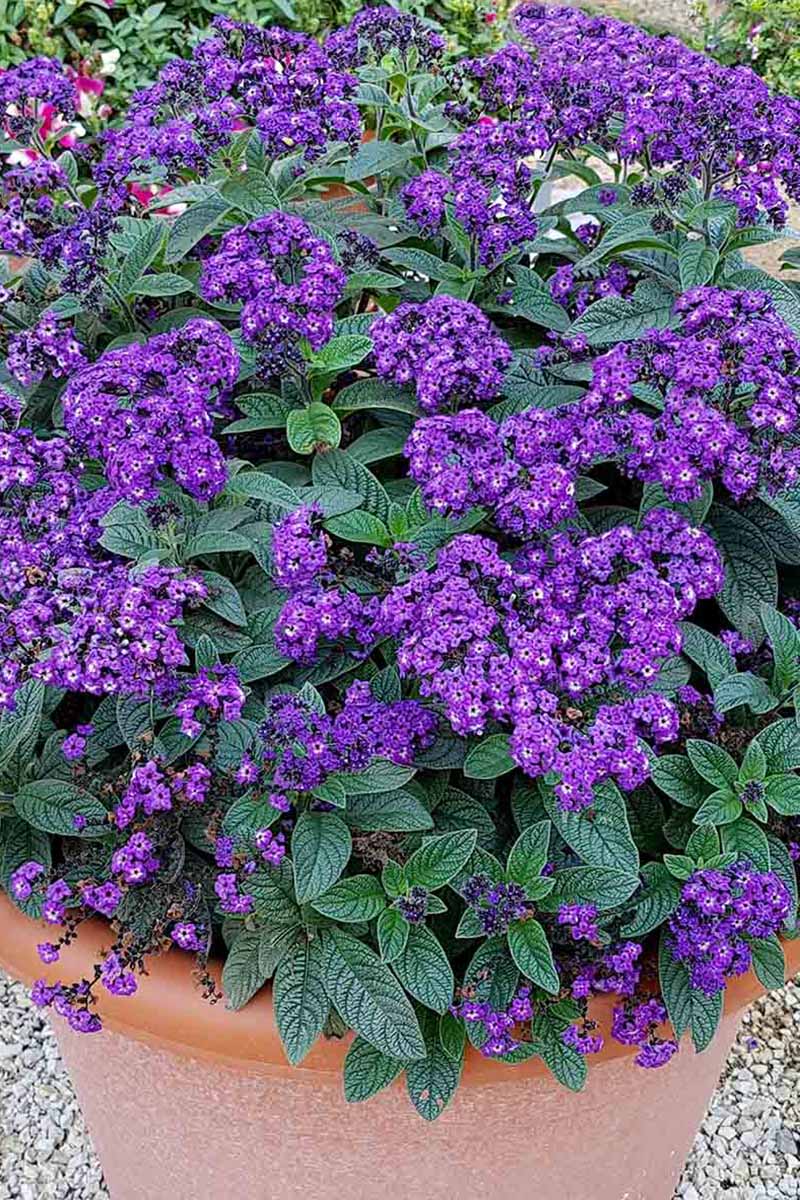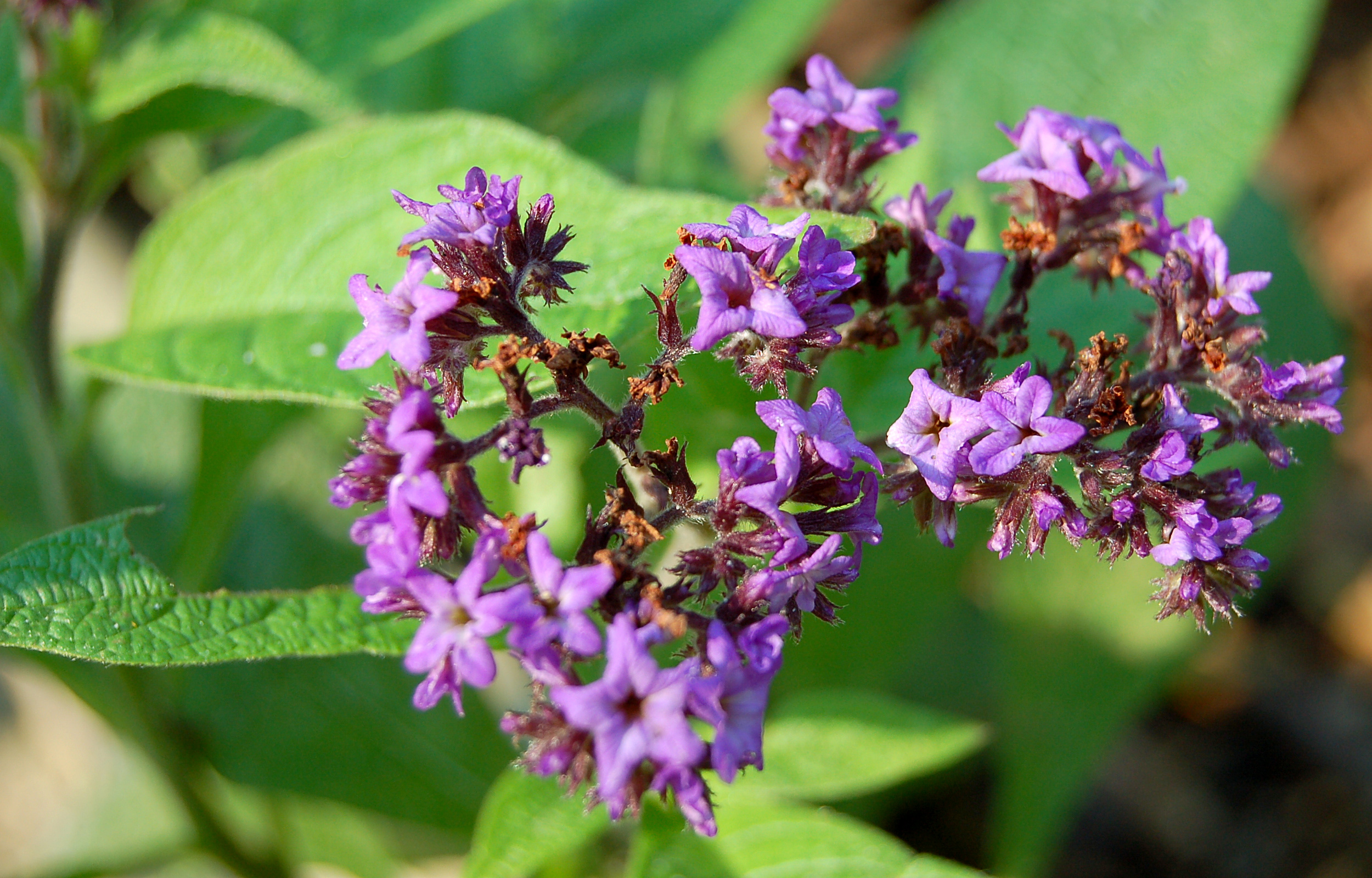Heliotrope: The Sun-Chasing Plant
Heliotrope, scientifically known as Heliotropium, is a genus of flowering plants belonging to the borage family, Boraginaceae. These plants are renowned for their distinctive sun-tracking behavior, which is why they’re often referred to as “turn-sol” or “compass plants.” This unique characteristic is due to the presence of specialized cells called heliotropes within their stems.
Physical Characteristics
:max_bytes(150000):strip_icc()/how-to-grow-and-care-for-heliotropes-5080238-01-b3bd0894f67043f0828c93f896bbccbf.jpg)
Heliotropes are typically herbaceous plants, though some species can grow as shrubs. They exhibit a wide range of sizes, from small, compact plants to tall, sprawling shrubs. The leaves of heliotropes are usually oval or lance-shaped, often with a rough texture. The most striking feature of heliotropes is their inflorescences, which are clusters of small, tubular flowers. These flowers can be white, pink, purple, or blue, depending on the species.
Sun-Tracking Behavior
The heliotropes’ sun-tracking behavior is a fascinating adaptation. During the day, the plant’s stems slowly rotate to follow the sun’s path across the sky. This movement ensures that the flowers receive maximum sunlight, which is essential for photosynthesis. The heliotropes achieve this by adjusting the growth rate of cells on opposite sides of the stem. When the sun is on one side, the cells on that side grow faster, causing the stem to bend towards the light.

Cultivation and Care
Heliotropes are popular garden plants due to their attractive flowers and unique behavior. They are relatively easy to grow and can be cultivated in various climates. Heliotropes prefer sunny locations and well-drained soil. They require regular watering, especially during hot, dry weather. Fertilizing them periodically can promote healthy growth and flowering.
Uses and Symbolism

Heliotropes have several uses and symbolic meanings. They are often grown for their ornamental value and can be used in flower arrangements and bouquets. Some species of heliotropes have medicinal properties and have been used in traditional medicine to treat various ailments. In some cultures, heliotropes are associated with loyalty, devotion, and eternal love.
Conclusion
Heliotropes are fascinating plants with unique characteristics and a rich history. Their sun-tracking behavior, attractive flowers, and potential medicinal uses make them popular choices for gardens and landscapes. Whether you’re interested in their botanical features, their cultural significance, or simply their beauty, heliotropes are sure to captivate your attention.
FAQs
1. Do heliotropes bloom all year round?
2. Can heliotropes be grown indoors?
3. Are heliotropes poisonous to pets?
4. How can I propagate heliotropes?
5. What are some popular species of heliotropes?